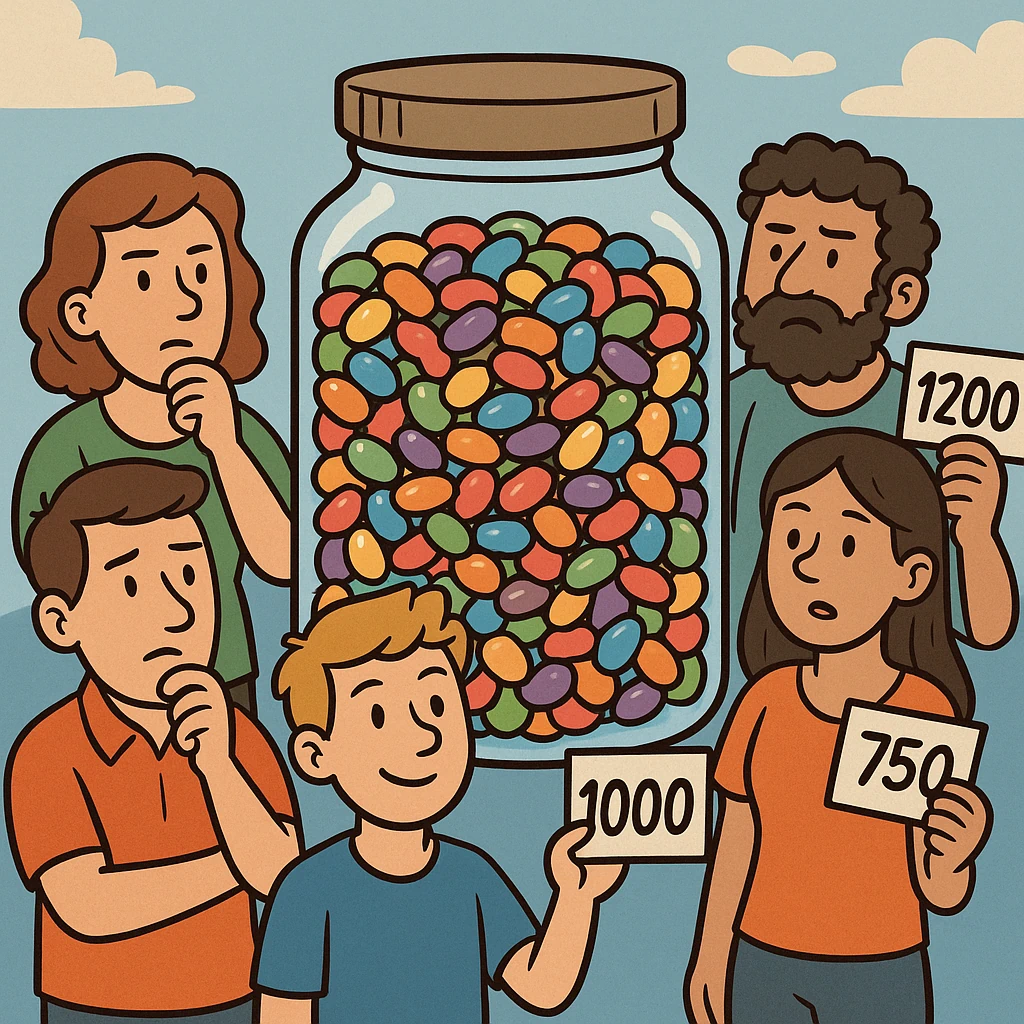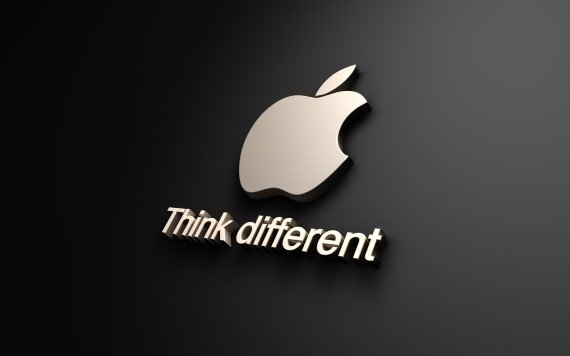Insights from The New Yorker Profile
The New Yorker has a long article on Mackey which was a very good read. Since it is so long, I’ve summarized what I found interesting from it below. I’m terrible at summarizing and in college never got into highlighting my textbooks. When reading I either found it all really interesting or all really dull, so it was either all yellow or remained all white. So, the fact that I have summarized lots of text below should tell you a lot about what I thought of the article.
Key Insights
- Oversees fifty-four thousand “team members”
- A year ago, Mackey came across a book called “The Engine 2 Diet,” by an Austin, Texas, firefighter and former professional triathlete named Rip Esselstyn. Basically, you eat plants: you are a rabbit with a skillet. Mackey had been a vegetarian for more than thirty years, and a vegan for five, but the Engine 2 book, among others, helped get him to give up vegetable oils, sugar, and pretty much anything processed. He lost fifteen pounds.
- Mackey sought succor in spiritual practice. He engaged a friend, a follower of the Czech transpersonal psychologist Stanislav Grof, to guide him through a therapeutic session of holotropic breathing. “I had this very powerful session, very powerful. It lasted about two hours,” Mackey said in an inspirational CD set he released last year called “Passion and Purpose: The Power of Conscious Capitalism.” “I was having a dialogue with what I would define as my deeper self, or my higher self.” He had a pair of epiphanies, one having to do with severed relationships that needed healing. The other was that “if I wanted to continue to do Whole Foods, there couldn’t be any part of my life that was secretive or hidden or that I’d be embarrassed [about] if people found out about it. I had to let go of all of that,” he said. “I’m this public figure now.” He couldn’t “embarrass the company,” he told me. “I have to grow up”—he is fifty-six. “I can’t have affairs with women. One of the things that happened was you have more money and you have more opportunities for such things. And those are sort of off-limits.
In His Own Words
“
I have my own views, and they’re not necessarily the same as Whole Foods’. People want me to suppress who I am. I guess that’s why so many politicians and C.E.O.s get to be sort of boring because they end up suppressing any individuality to conform to some phony, inauthentic way of being. I’d rather be myself.
“
“
I was so viciously attacked for two reasons. One is that people had an idea in their minds about the way Whole Foods was. So when I articulated a capitalistic interpretation of what needed to be done in health care, that was disappointing to some people.
“
The Early Years
Finding His Path
In high school, Mackey was an indifferent student, a late bloomer, puberty-wise, and a fanatic about basketball, science fiction, and girls. Before his senior year, he was cut from the varsity basketball team, and he persuaded his parents to move so that he could switch schools and play. “That changed my life because for the first time I realized that if you didn’t like the hand you were dealt, you didn’t just have to feel sorry for yourself. You could do something about it.”
College Exploration
He went on to Trinity University, a small school in San Antonio, and the world flowered before him, as it did for so many in those days. “I was reading a lot of philosophy and religion,” he said. “And I did a lot of those experiments that young people do when they’re in college. I’ll not name those.
He quit playing basketball and, for the next several years, went back and forth between Trinity and the University of Texas, in Austin, taking only courses that interested him, and therefore hardly advancing toward a degree. He settled in Austin, in a house of ten or so men. He worked part-time as a dishwasher and spent his nights reading in the library. He had a beard and long bushy hair. Eventually, he moved into a co-ed vegetarian collective. “I had no interest in a vegetarian lifestyle,” he said. “But what I was interested in was alternative lifestyles. And I thought, honestly, that I’d meet a lot of interesting women. And I did.”
Birth of Whole Foods
SaferWay
In 1978, with forty-five thousand dollars from friends and family, he and his girlfriend at the time, Renee Lawson, decided to start a store of their own, which they called SaferWay—a takeoff on Safeway. The store was on the ground floor of a Victorian house; they lived on the third floor and ran a small restaurant on the second—a rustic prototype for today’s prepared-food extravaganzas. The house didn’t have a shower, so they bathed in the store using the hose from a dishwasher, a creation legend that the company holds dear.
First Whole Foods
He soon noticed that a number of much bigger natural-foods stores had sprouted up around the country, such as Mrs. Gooch’s and Frazier Farms, in California. He persuaded Craig Weller and Mark Skiles, the owners of a store called Clarksville Natural Grocery, to merge with him and Lawson (in part, by implying that he might put them out of business), and, in 1980, the four of them opened the first Whole Foods, in a former nightclub. It was ten thousand square feet.
Going Public
After the successful opening of a Chicago store, in 1991, the company went public, and embarked on a company shopping spree.
Management Philosophy
The Auteur CEO
Mackey is an example of what you might call the auteur C.E.O. Like Steve Jobs’s, his personality is entwined in his company’s. He doesn’t bother with day-to-day operations; he’s not a technician or a face man. When he’s asked what it is he does, exactly, he describes a kind of philosopher-king, who brings big ideas to bear.
Fair Compensation
Mackey, an outspoken critic of executive overcompensation, pays himself a dollar a year. No one at the company can have a salary more than nineteen times what the average team member makes. (On average, an S. & P. 500 C.E.O. makes three hundred and nineteen times what a production worker does.)
Competitive Spirit
Mackey is, by all accounts, fiercely competitive. Years ago, the traditional executive-retreat volleyball games had to be scrapped, owing to Mackey’s intensity and his ill-disguised scorn for less capable teammates.
Controversies
Political Views
The health-care op-ed’s headline, “THE WHOLE FOODS ALTERNATIVE TO OBAMACARE,” was the Journal‘s, Mackey says, but the sentiments were his. Mackey’s prescriptions ranged from the obvious (people need to eat better) to the market-minded (promote interstate competition among insurers) to the dreamy (the corporations will take care of us). The gist was that, together, they’d obviate the need for a federal plan, and that the course being pursued by the White House and the Democrats would have disastrous consequences. He led with an epigram attributed to Margaret Thatcher: “The problem with socialism is that eventually you run out of other people’s money.”
Labor Relations
Whole Foods routinely ranks high on those lists of companies that are the best to work for. This view is not shared by unions, which have complained that Mackey prevents unionization among his employees, notably at a store in Madison, Wisconsin, where team members had voted to unionize. Unions have picketed store openings and, as activist investors in Whole Foods stock, have called for Mackey’s firing. In the early eighties, Mackey told a reporter, “The union is like having herpes. It doesn’t kill you, but it’s unpleasant and inconvenient, and it stops a lot of people from becoming your lover.” (That quote, to Mackey’s dismay, won’t go away, either.)
Personal Life
Whole Foods has made Mackey a wealthy man. He owns roughly thirty million dollars in stock—less than one per cent of the company—and has sold millions more over the years. Still, he flies commercial and drives a Honda Civic hybrid. He has houses in Boulder and Austin, and a seven-hundred-and-twenty-acre non-working ranch an hour outside of town, where he and Deborah spend many weekends.
He told me, “If I could, I would wave a magic wand so that Americans ate better because the diseases that are killing us—heart disease, cancer, diabetes, multiple sclerosis, Alzheimer’s—these diseases have a high correlation with diet. And that is something that most people do not understand.”
“But you have a reputation for liking to argue,” I said to Mackey.
“But I don’t like to argue to be right. I like to argue because that’s how I get to the truth. I think dialectically.”


